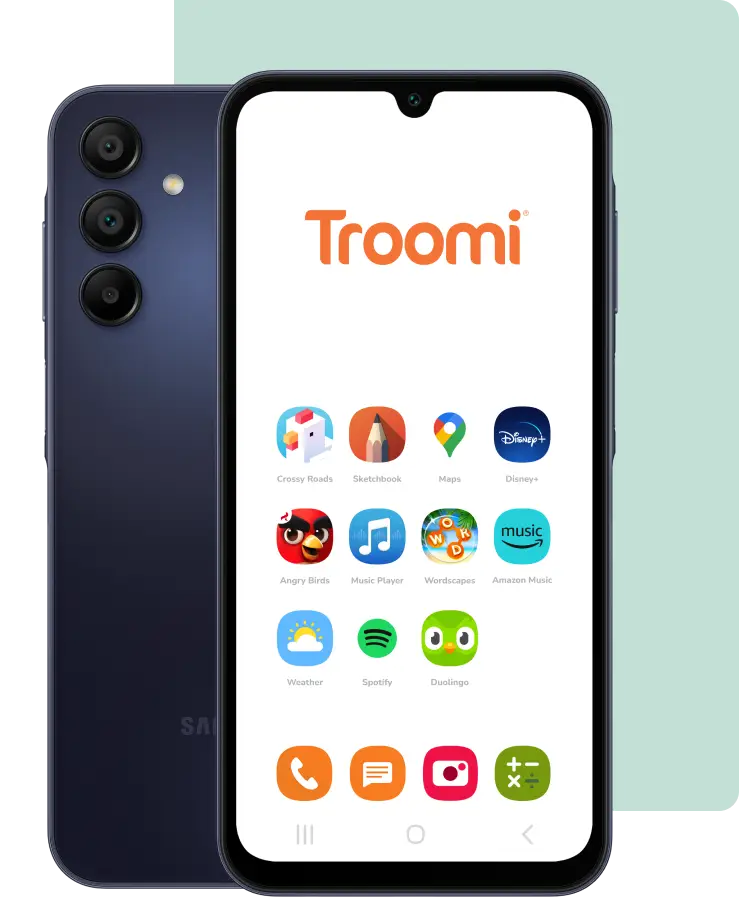How Much Screen Time is Too Much Screen Time?
People today are constantly on their smartphones. We’re all guilty of binging our favorite TV shows on our device or even trying out a fancy new TikTok challenge. But while we’re learning to pop and lock (did we say that right?), we also need to pay attention to the effect all this screen time is having on us as well as on our kids.
Cell Phones and Mental Health
Being the first generation to enjoy easy access to smartphones in their childhood, Generation Z has essentially become society’s technological guinea pigs—and the results aren’t pretty. According to several studies, the quality of living for many in the iGeneration is suffering considerably. Depression rates are increasing while happiness is decreasing, and the signs all point to technology use.
In the six years “between 2010 and 2016, the number of adolescents who experienced at least one major depressive episode leaped by 60%.” In a study by Pew Research Center, 92% of teens reported being online daily while 24% reported being online constantly. A separate study reveals that “adolescents who spent five or more hours a day. . .on electronic devices [are] 66% more likely to have at least one risk factor for suicide.” In fact, suicide rates among teenage girls have reached 40-year highs.
Be Involved With Your Child’s Smartphone Use
While there is no sure-fire way to prevent mental illness, helping your child regulate time spent on their smartphone is a great place to start. Set some rules and help your child understand why their screen time will be limited. This regulation should be tailored to each child’s needs. Check out the American Academy of Child and Adolescent Psychiatry’s suggestions for appropriate amounts of screen time for your child’s age group. And be an example of healthy phone use yourself—don’t forget that actions speak louder than words!
Regulate Social Media Use
If your child struggles with excessive social media use, consider getting them a cell phone like the devices from Troomi. These phones for kids offer several features to protect your children including phone lock abilities to help your children learn to not use their phones during dinner time or family time. While this can’t guarantee that your child won’t struggle with their mental health at some point, they will help your child build healthy technology habits for life.
What to Do If You Notice Your Child is Depressed
Depression and other mental health illnesses manifest themselves differently in everyone—you may not even suspect that your child is struggling.
Talk With Your Child About Their Mental Health
Ask them how they’ve been feeling, if they know about the symptoms of depression, and if you can be more open with them about their feelings. Let them know they can come to you with any concerns they have.
Educate Yourself and Your Child About Mental Health
Learn about the signs and symptoms of depression together, and encourage them to be open with you about their feelings and thoughts. It’s important to know how technology negatively affects mental health so find a time to sit and discuss it with them.
Seek Professional Guidance
If you suspect your child is struggling with a mental illness, consider going to a professional mental-health counselor.
Though the threats your child faces today are different from those you faced when you were young (let’s face it—80s hair was a struggle in and of itself), you can still learn to help your child navigate today’s challenges. Start by reaching out to your child and talking with them about their mental health so you can be there to help them if they ever do struggle.


